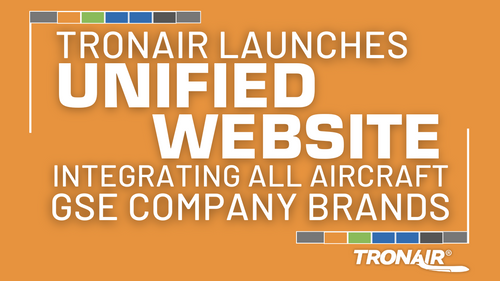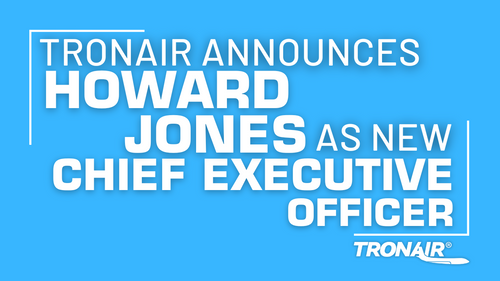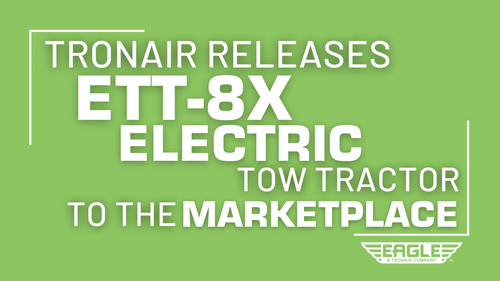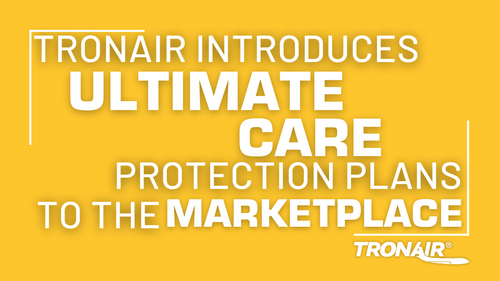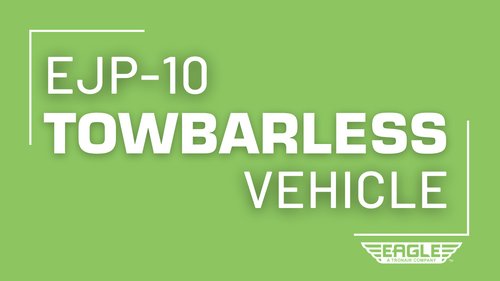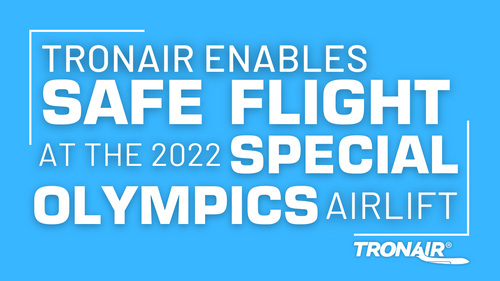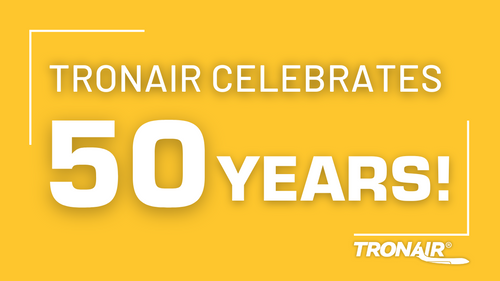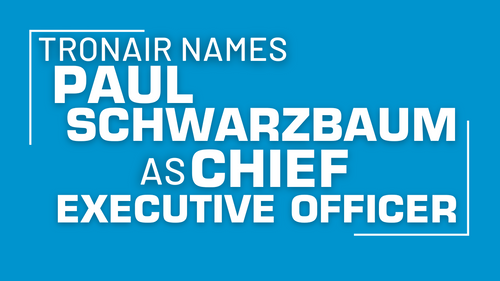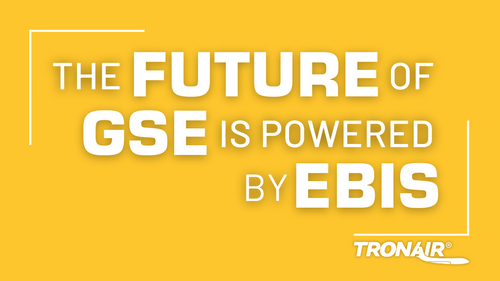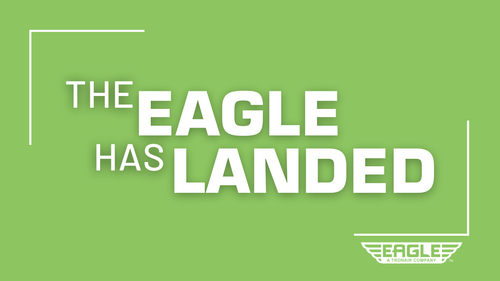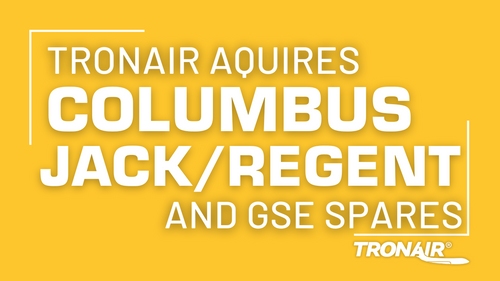
Updating Aircraft GSE: Buying New Equipment vs. Leasing Equipment
Resources & Technical Articles
Aircraft ground support equipment (GSE) is designed to last operators years and withstand constant abuse from daily operations. But, even with measures put into place to ensure they retain functionality for as long as possible, there will eventually come a time when your aircraft GSE requires updating. However, do you know whether your operation would benefit more from renting or leasing equipment, or should you purchase new aircraft GSE in full?
Unfortunately, this question has no one-size-fits-all answer – it will depend entirely on the scope of your operations, your current financial outlook and your specific needs. This article will examine the ins and outs of purchasing new aircraft ground support equipment versus leasing equipment to help you better determine which option is suitable for your operations. Keep reading to learn more.
Who Needs to Update Aircraft GSE?
At some point, owners and operators must figure out how and when to replace their equipment. There are a lot of variables to consider when discussing why an owner may need to update its aircraft ground support equipment, so let's explore each operation individually.
During these operations, airplane landing gear supports the entire weight of the aircraft. Regardless of the landing gear type, brakes, shock-absorbing equipment, retraction mechanisms, warning devices, controls, fairings, cowlings and structural members are all considered landing gear components within a configuration.
Airline Terminals
An airline terminal is one of the most challenging environments for aircraft ground support equipment. To be more specific, these environments tend to be the hardest on aircraft tugs. Airlines are bustling places – on average, there are about 45,000 flights handled by the FAA on a daily basis. The turnaround time for each of these flights varies from less than an hour to two hours, so aircraft tugs and other aircraft GSE see a lot of use.
Aircraft tugs are often used so frequently that they may remain running all day for most days of operation. That means most aircraft GSE used in airline operations are subject to more wear and tear than other operations.
Corporate Hangars
A corporate hangar is an entirely different environment when compared to an airport terminal, so owners generally have different reasons for requiring aircraft GSE updates. Corporate jets are scheduled on an as-requested basis and are stored in industrial or executive airports with no commercial activity.
The aircraft GSE used to support corporate aircraft are typically housed and maintained in a large bay hangar with a mix of other aircraft. Fixed-base operators (FBOs) aim to maximize the use of these hangars and fit as many parked aircraft as possible.
This type of parking is particularly difficult when using traditional aircraft tugs with a towbar setup, as these units require considerable space for turning. Electric towbarless tugs are often a vastly superior solution, so owners of corporate hangars usually end up upgrading to these models. As a result, their equipment is often less likely to wear out from use but more likely to require replacement due to obsolescence.
MRO Facilities
Maintenance, repair and overhaul (MRO) facilities use a highly diverse and technical range of aircraft GSE, far beyond the requirements of airline terminals or corporate hangars. As a result, MROs need many aircraft ground support equipment items, both powered and nonpowered. This equipment is usually not used uniformly. For example, A/C carts or ground power units might run for hours on end, while aircraft tugs are only operated for short periods to move aircraft in and out.
Much of the aircraft GSE at an MRO facility is highly specialized, expensive, very technical and sometimes airframe specific.
Who Should Buy New Equipment?
There are certain operations where purchasing new ground support equipment is a better option than leasing. When it comes time to update or upgrade aircraft GSE, new equipment is more beneficial when an owner or operator wants to put up their GSE for sale in the future. Used GSE is a specialized asset and can resell at a reasonable price if it is still in good working condition. Additionally, purchasing new equipment is often a good option for operators who will put a lot of hours into their equipment (something that can break the terms of a lease.) That makes airlines a good candidate for owning new equipment rather than leasing due to the nature of the work.
Beyond airlines, determining whether an owner should lease or purchase new equipment becomes more nuanced. Is there a reason to pay full GSE prices for new equipment? Yes!
New equipment is also beneficial when an owner needs to modernize their fleet. Technology advancements have significantly improved the overall efficiency and usability of aircraft GSE. It may make sense to pay in full when updating equipment if an owner is looking to upgrade an entire fleet rather than leasing one or two pieces of equipment.
Who Can Benefit From Renting or Leasing Equipment?
If an operation is looking for assurance that certain parts of servicing aircraft GSE are taken care of, renting or leasing equipment may be the better option.
While new equipment usually comes with a limited lifetime warranty, it can still expire after a certain period of time. If an operation doesn't have an in-house shop that regularly works on aircraft ground support equipment, it will have to outsource routine maintenance (which can quickly become very expensive.) Also, if used GSE or new equipment breaks and an operation cannot afford to purchase another, the operation will be in a tight financial spot.
A leased GSE rental can afford operations a new piece of equipment that can easily be swapped out at fixed durations, and can give owners peace of mind that the leaser will replace the item if it must go to the shop for repairs. When one leases or rents equipment like GSE, they won't need to pay for the overhead of an in-house shop or save a retainer for the heavy maintenance required for functionality. Renting or leasing GSE is a turn-key, ready-to-work solution when repairs are necessary.
What About Used GSE?
If you'd like to avoid paying the upfront cost of new equipment but don't think a lease will work out, there is a third option. Used GSE is often just as resilient as new equipment and will ship in excellent condition, though it will require more routine maintenance and inspection once it arrives. Keep in mind that while used GSE and refurbished equipment can help save money initially, it typically comes without a warranty. Operating used equipment without a warranty poses a slight risk for most operations, as there is always a chance for potential hidden costs down the line if a full breakdown occurs. However, with proper maintenance and care, owners can still get a lot out of used GSE for their operations.
Which Should You Choose?
There are plenty of good reasons to purchase used or new equipment and many other reasons why it may be better to lease or rent equipment instead. Every operation is different and must consider its own needs.
- Purchasing New Equipment: New equipment is often an investment and provides operations with a resale opportunity, but owners and operators must be confident they can offset the initial GSE price.
- Renting or Leasing Equipment: GSE rentals and leases are always an option for reliability but have limitations on use that could hinder bigger operations.
- Buying Used Equipment: Used GSE can be a good option, but there is always a risk that it will require hefty maintenance and comes with far less assurance of having reliable equipment right out of the gate.
Tronair Is Your No. 1 Source for Aircraft GSE
No matter your choice, you can count on Tronair to provide you with the products and services you need with exceptional customer service. We carry an extensive line of new aircraft GSE for sale, ready to be shipped directly to your operation anytime. We also offer options for leasing equipment across North America and other countries around the globe if you require a less expensive option! No matter what you need, Tronair is here to help. Get in contact with our offices today to explore your options. Our expert sales team is always available and ready to help.
Contact Us
